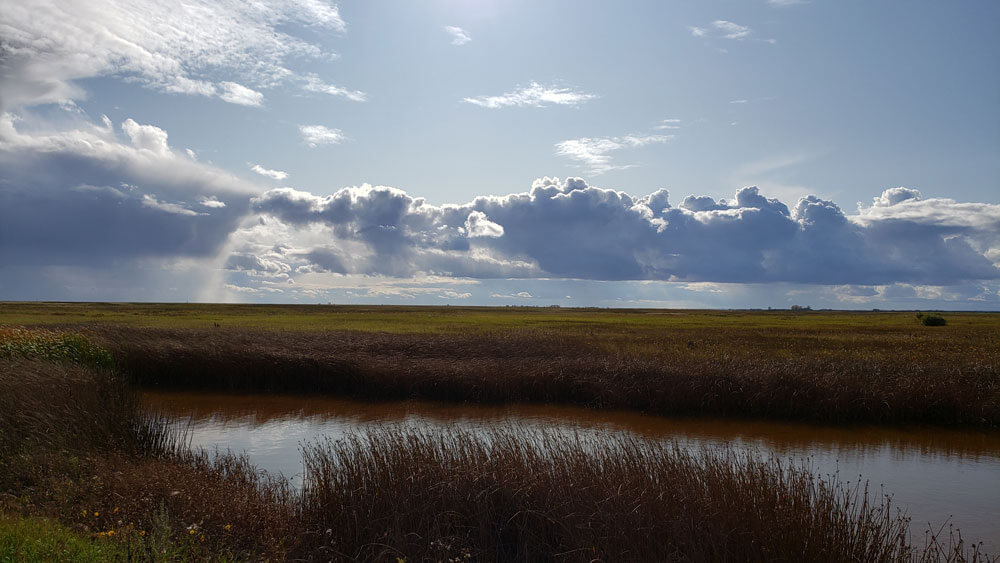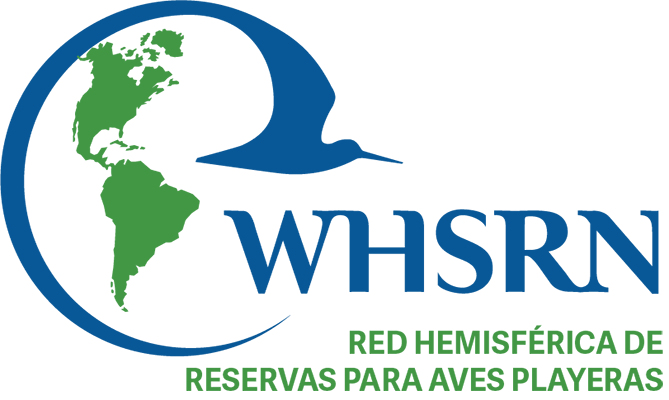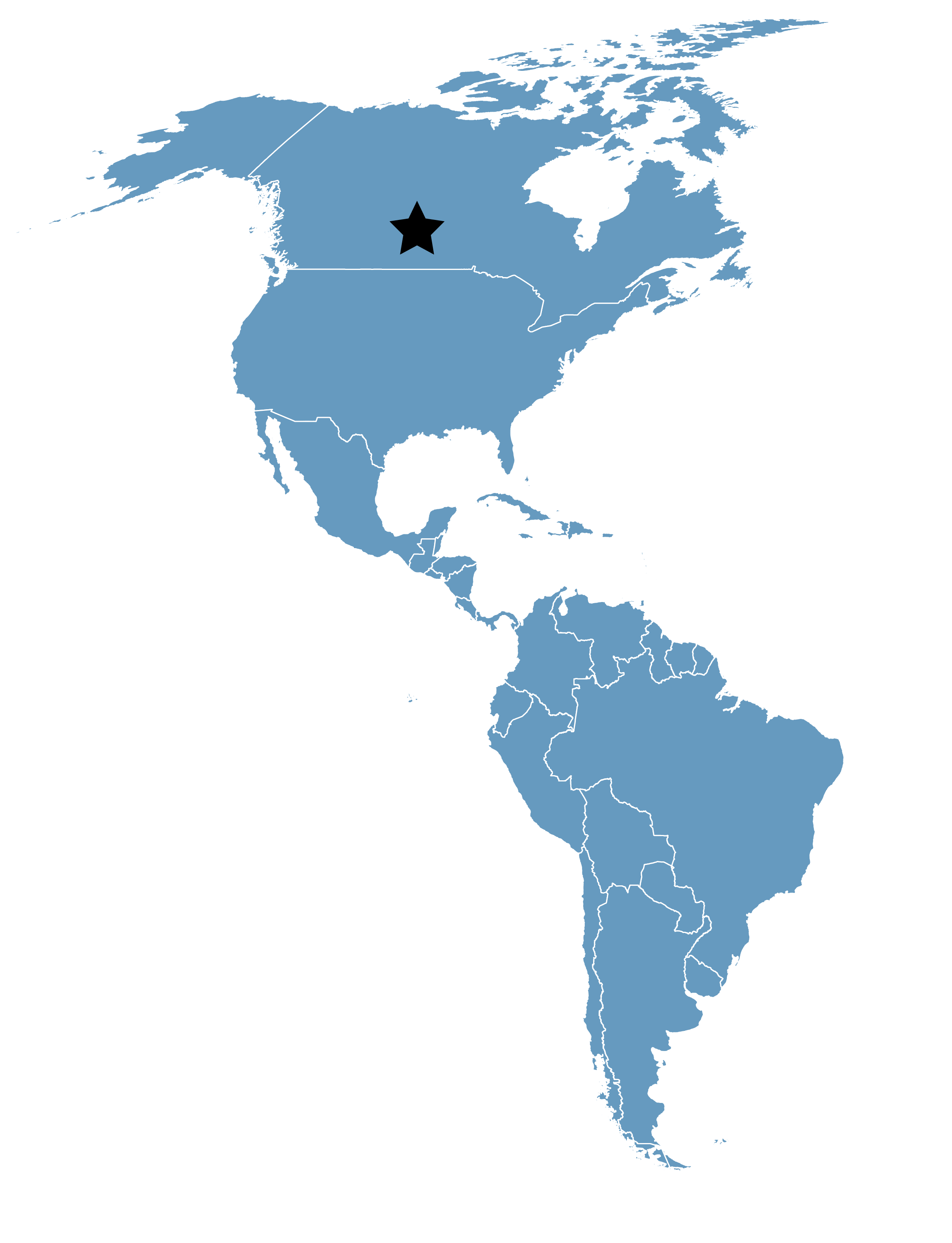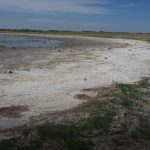Last Mountain Lake NWA
Location
Saskatchewan, Canada
Category
Regional
Basis for Designation
More than 20,000 shorebirds annually.
Size
21,638 hectares (53,468 acres)
Date Designated
February 1994
Site Owner
Canadian Wildlife Service
Site Partners
Ducks Unlimited Canada
Environment Canada
Government of Saskatchewan
Last Mountain Bird Observatory
Overview
Last Mountain Lake NWA consists of grassland habitat including potholes, springs, fen bogs and saline wetland complexes. The site also contains shallow marshy bays and inlets separated by numerous points and islands, all surrounding a large freshwater lake which reaches depths to 30m. This site is recognized as a Migratory Bird Sanctuary, a Ramsar site, and also a National Historic Site.
The lake provides critical fish spawning and nursery habitat and is considered to support the most productive fish population in Saskatchewan.
This site is an important stopover for many species of migratory birds. The most spectacular time of year is the fall when up to 50,000 Sandhill Cranes, 450,000 geese, and several hundred thousand ducks may be observed. This is one of the prairie province?s most important waterfowl staging areas and is a crucial refuelling stop for waterfowl on their way from the Arctic to the southern United States. Over 280 species of birds have been recorded here and over 100 of these species have been documented to breed in the area.
Last Mountain Lake is also important to numerous wildlife species including white-tailed deer, badger, coyote, fox, and three species of ground squirrel. Also, a number of rare and endangered species that use the area at some point during the year include the Peregrine Falcon, Burrowing Owl, Ferruginous Hawk, and the Whooping Crane.
During dry years, the site provides a variety of secure wetlands suitable for shorebird staging and thus becomes a drought refuge for migrant and local breeding shorebirds as well as other waterfowl.

Photo by Garry Donaldson
Management and Monitoring
Management priorities include the conservation of native upland and wetland habitats for migratory birds and other wildlife, and the protection of staging and breeding habitats associated with the lake. Finally, special consideration is given to those species which are deemed rare, threatened or endangered.
Wildlife surveys at the site include: springtime surveys for Sharp-tailed Grouse, summer surveys of waterfowl numbers and nesting success, herpetological monitoring, colonial bird surveys, and winter surveys of white-tailed deer. Support for biological research programs is promoted.







